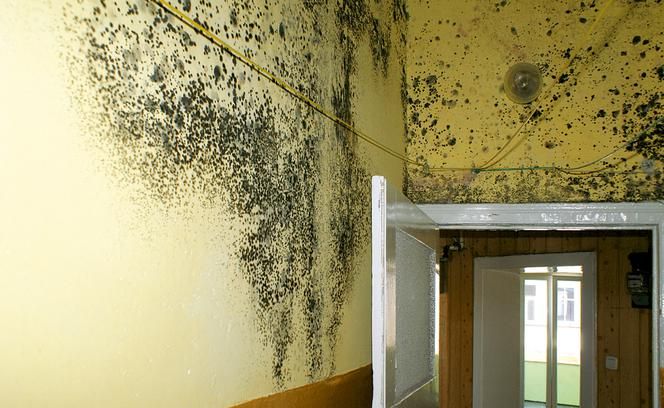Mold. Just the mention of it can send shivers down a homeowner’s spine.
Hidden in corners, lurking behind walls, or thriving in damp basements, black mold can pose serious health risks and damage your property. But how often should you test for this unwelcome intruder? The answer isn’t cut and dry.
It’s influenced by an array of factors, including your home environment, recent water damage, and even seasonal changes. Some may argue that vigilance is key, while others lean towards testing only when problems arise.
In this article, we will explore the nuances of black mold testing, offering guidance on when and how frequently you should check your home for this potentially hazardous substance. Stay tuned as we unravel the layers of awareness and proactive measures necessary to safeguard your living space.
Signs of Black Mold: When to Be Concerned

Signs of black mold can range from subtle to alarming, and being vigilant is key to protecting your home and health. One of the first indicators might be a persistent musty odor that lingers despite cleaning efforts; it’s a scent that clings, often hinting at hidden spores.
Visual cues, such as dark patches or strange stains on walls and ceilings, especially in damp areas like bathrooms and basements, should raise red flags. If you or your family members begin experiencing unexplained symptoms—like coughing, sneezing, skin rashes, or frequent headaches—it could mean trouble.
Don’t dismiss the importance of moisture presence either; if you’ve recently encountered water damage or excess humidity, consider it a risk factor. Recognizing these signs promptly can make the difference between a minor clean-up and a full-scale remediation.
Stay alert; your well-being may depend on it.
DIY Mold Testing vs. Professional Testing: Which Is Best?

When deciding between DIY mold testing and professional testing, its essential to weigh the pros and cons of each approach. DIY kits can be conveniently purchased online or at local hardware stores, providing an enticingly simple solution for homeowners eager to assess their mold situation without incurring hefty professional fees.
They often deliver prompt results, but the accuracy can vary significantly, leaving room for doubt about the true extent of any mold problem. On the other hand, professional mold testing is typically more comprehensive, employing advanced techniques and equipment that not only identify the presence of mold but also quantify its concentration and the specific types involved.
While this option may come with a greater financial commitment, the peace of mind and detailed analysis it offers can be invaluable, particularly if you suspect extensive mold growth or have health concerns. Ultimately, the choice hinges on your specific circumstances: for a quick check-up, a DIY kit may suffice, but for thoroughness and reliability, trusting the experts is often the safest route.
Identifying High-Risk Areas in Your Home for Mold Growth

Identifying high-risk areas in your home for mold growth is a critical step in safeguarding your indoor environment. Start by scrutinizing damp spaces that often fall under the radar, like basements or crawl spaces, where moisture tends to accumulate unnoticed.
Bathrooms, too, present a breeding ground for mold, especially when ventilation is poor and shower steam lingers. Don’t overlook kitchens, where leaks from faucets or dishwashers may create the perfect habitat for mold spores to thrive.
Even tiny cracks in walls or around windows can be entry points for moisture, inviting unwelcome growth. Regularly inspecting these areas and keeping an eye out for signs of water damage or unusual odors can help you take charge of preventing mold before it takes hold.
Consider these zones not merely as potential hazards but as critical spots for proactive monitoring and maintenance.
Conclusion
In conclusion, maintaining a healthy home environment requires vigilance, especially when it comes to potential threats like black mold. While the frequency of Black Mold Testing may Vary Based on Factors Such as Humidity Levels, Prior Mold Incidents, and Structural Conditions, It Is Generally Advisable to Conduct Tests at Least Once a year or after significant water damage. Ensuring proper ventilation, controlling moisture, and regularly inspecting for signs of mold growth are essential preventive measures.
By being proactive and aware, homeowners can safeguard their living spaces from the potential health risks associated with black mold and ensure a safe and comfortable home for themselves and their families.


